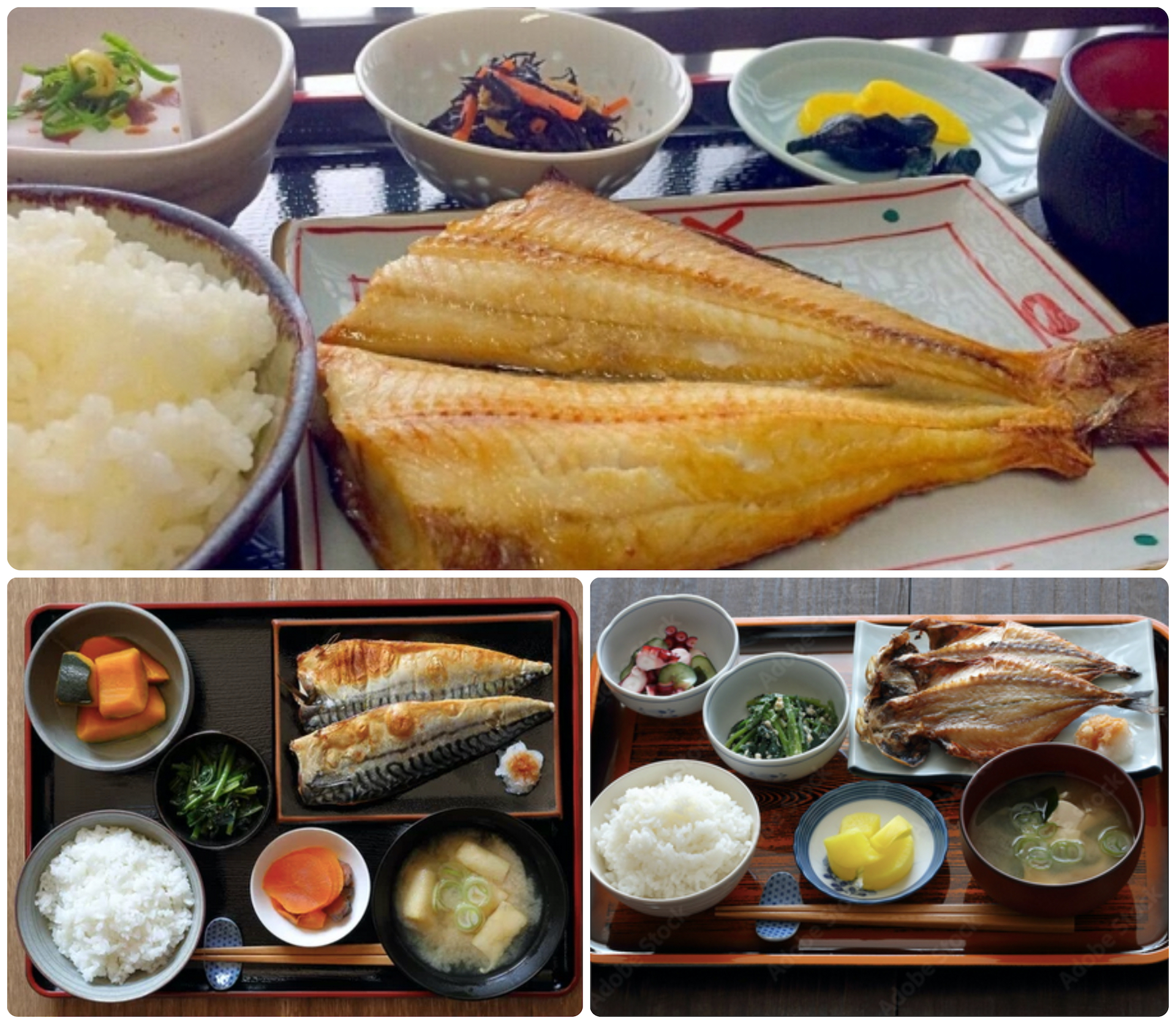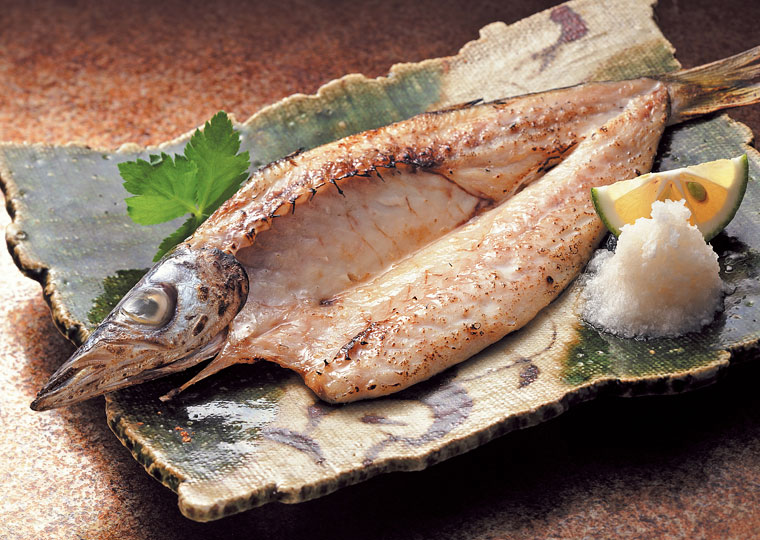
Kitchen Culture Cooking Club
EXPLORE and PRACTICE Japanese cooking in your own kitchenAbout Kitchen Culture Cooking Club
Welcome to the Kitchen Culture Cooking Club, a community space providing encouragement to those who want to EXPLORE and PRACTICE Japan’s washoku wisdom in their own kitchens.
To facilitate this, themed projects will be posted to this page periodically. Project Assignments and links to relevant reference material stored on this site will be posted to this page. Anyone, anywhere in the world, with a sincere interest in Japanese food culture is welcome to browse the contents of this page and then replicate the themed project in their own kitchen.
For those who wish to display-and-discuss their projects with like-minded people, I invite you to join the KITCHEN CULTURE Cooking Club Facebook Group (formerly the TSUDOI Project), an interactive community space.
PROJECT Home-Style Meals with Ichiya-boshi

Making a Home-Style Meal featuring ichiya-boshi
Traditionally, bountiful catches of fish were gutted, salted, and set out to dry in order to extend their shelf life. The generic term for these sorts of fish is himono, literally “the dried thing,” though these air-dried fish are actually quite moist to the touch, and wonderfully succulent when broiled. Air-dried fish are also known as ichiya-boshi (literally, “dried overnight”).
Air-dried fish are increasingly available in Asian markets outside Japan (look in the refrigerator or freezer section of the store). Try making a meal with air-dried fish in YOUR kitchen.
Download this Guide to Buying & Storing Ichiya-Boshi.
Download this Basic Broiled Air-Dried Fish recipe.
For help constructing a meal scroll down to Assembling a Meal featuring ICHIYA-BOSHI where you’ll find lots of suggestions.

Assembling a Meal featuring ICHIYA-BOSHI
A simple, home-style Japanese meal most often follows the ICHI JŪ SAN SAI format of one soup + 3 dishes… and rice. Download a recipe for Ordinary Miso Soup
Many other recipes can be found in WASHOKU (Cooked White Rice pg 137; Rice with Mixed Grains pg 139; Soy-Braised Hijiki and Carrots pg 187; Lemon-Simmered Kabocha pg 204) and KANSHA (Spicy Stir-Fry pg 122; Wakame with Tart Ginger Dressing pg 147; Sour Soy-Pickled Ramps pg 200; Quick-Fix Pickles pg 195 & 196).
On this website, in Kitchen Culture there are still more possibilities such as: Ohitashi spinach and Kimpira and Carrot-Ginger Rice.
Head to the Kitchen Culture page for more about ichiya-boshi fish.
My December 2022 NEWSLETTER is about Ichiya-Boshi comfort food from the sea.
Recipes and Resources
Stock (Dashi)
Dashi stock is essential to making soups and simmered or stewed dishes. Dashi is also used when making many egg dishes and all sorts of sauces, dips and dressings. Using good dashi will make a noticeable difference in the outcome of so many dishes you prepare.
Click to download recipes for (vegan) Kelp Alone Stock or Standard Sea Stock + Smoky Sea Stock
How to Cook Rice
In Japanese, the word for cooked rice, ご飯 GOHAN, is the same as the word for a meal, ご飯 GOHAN. Indeed rice is central to the meal. Download the Rice with Mixed Grains recipe.
How to Prepare Sushi Rice
Sushi dishes are made with rice that has been seasoned (with sweetened vinegar) AFTER being cooked. Download the Classic Sushi Rice recipe.
Quick Pickles
The Japanese enjoy a wide variety of tsukémono pickles, many can be assembled quickly and are ready to eat within a short time.
Download a recipe for Quick-Fix Hakusai Cabbage.
No Results Found
The page you requested could not be found. Try refining your search, or use the navigation above to locate the post.
